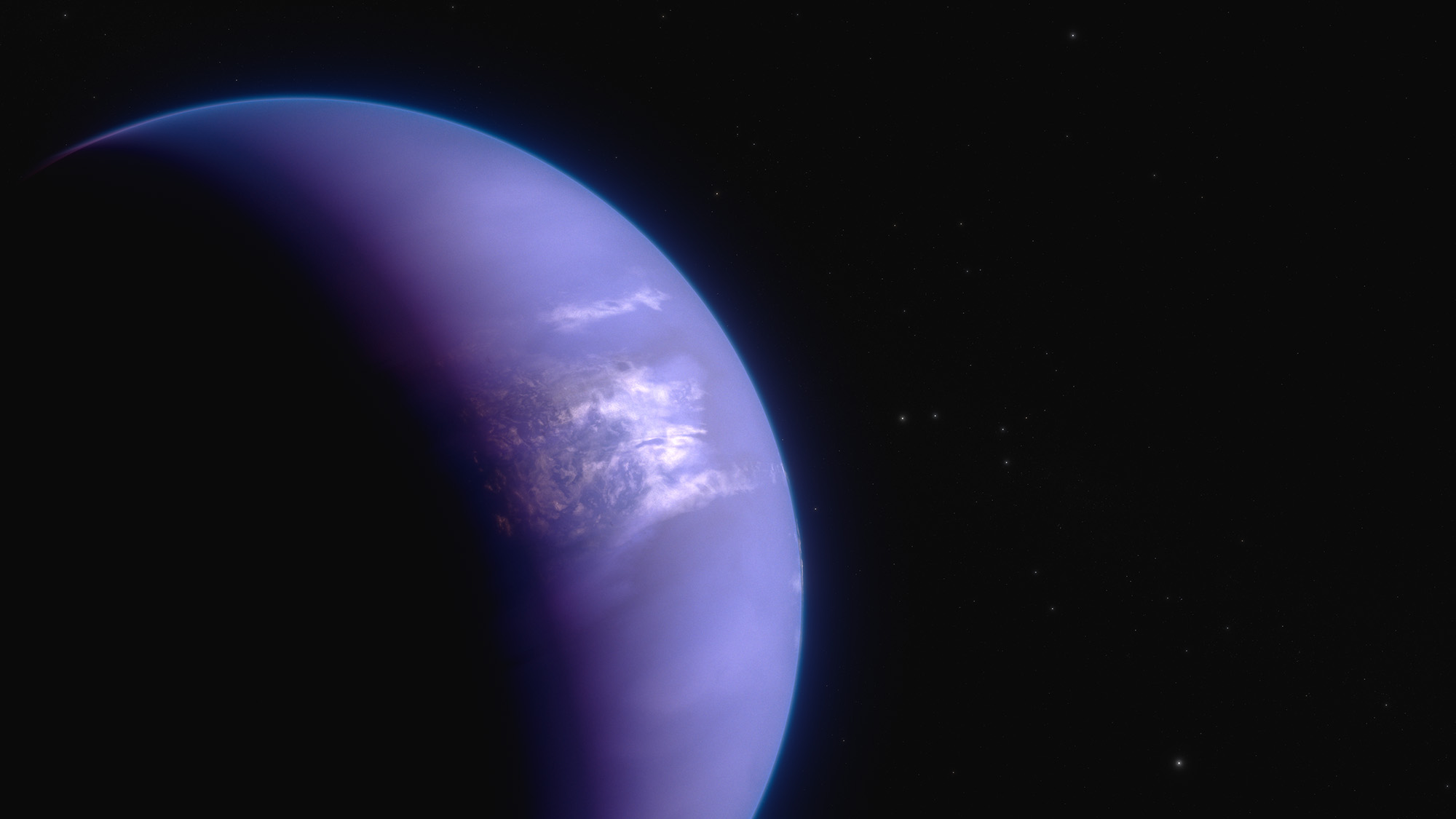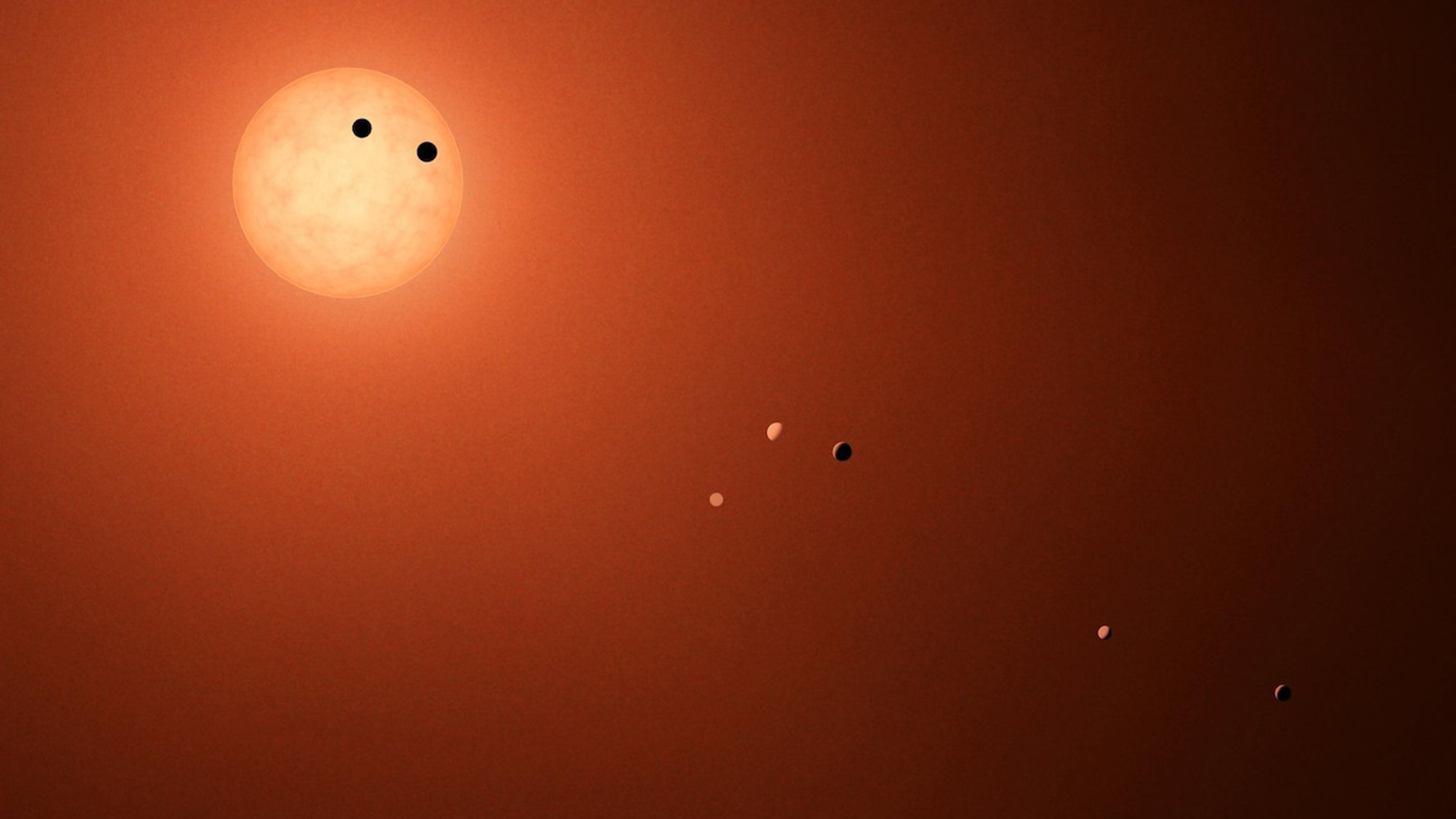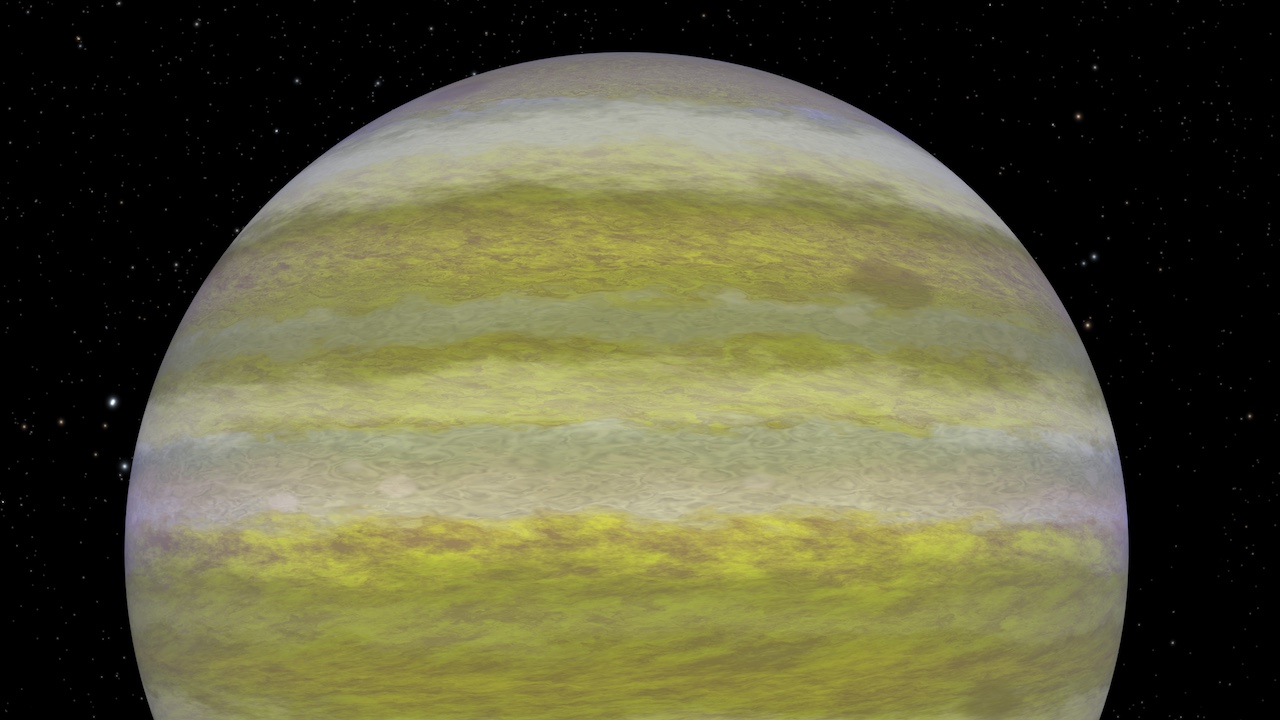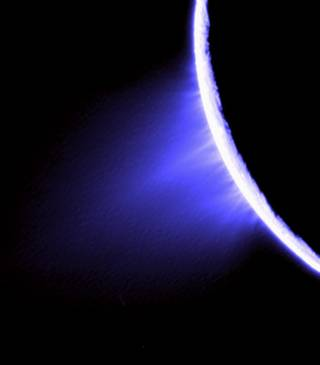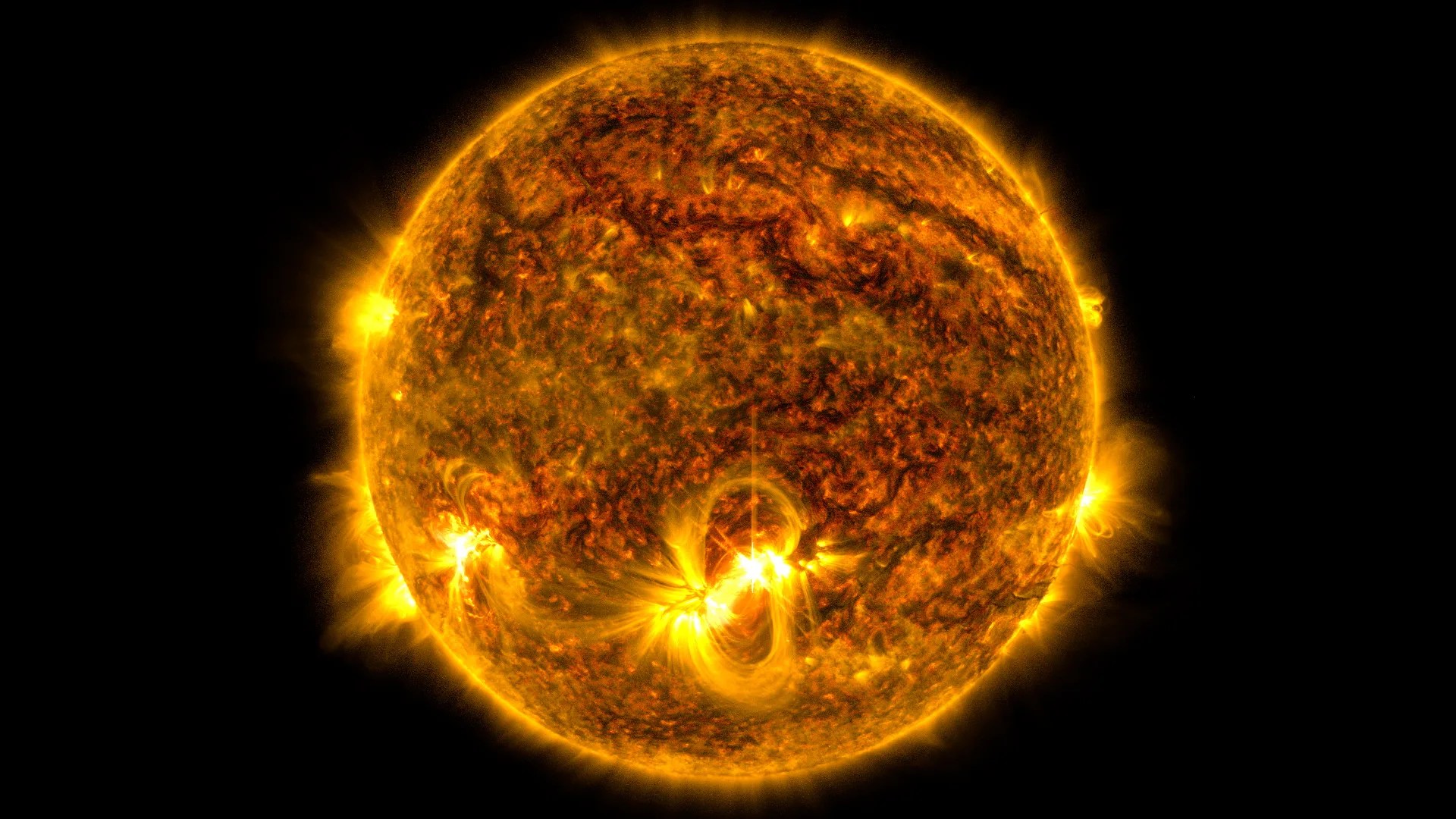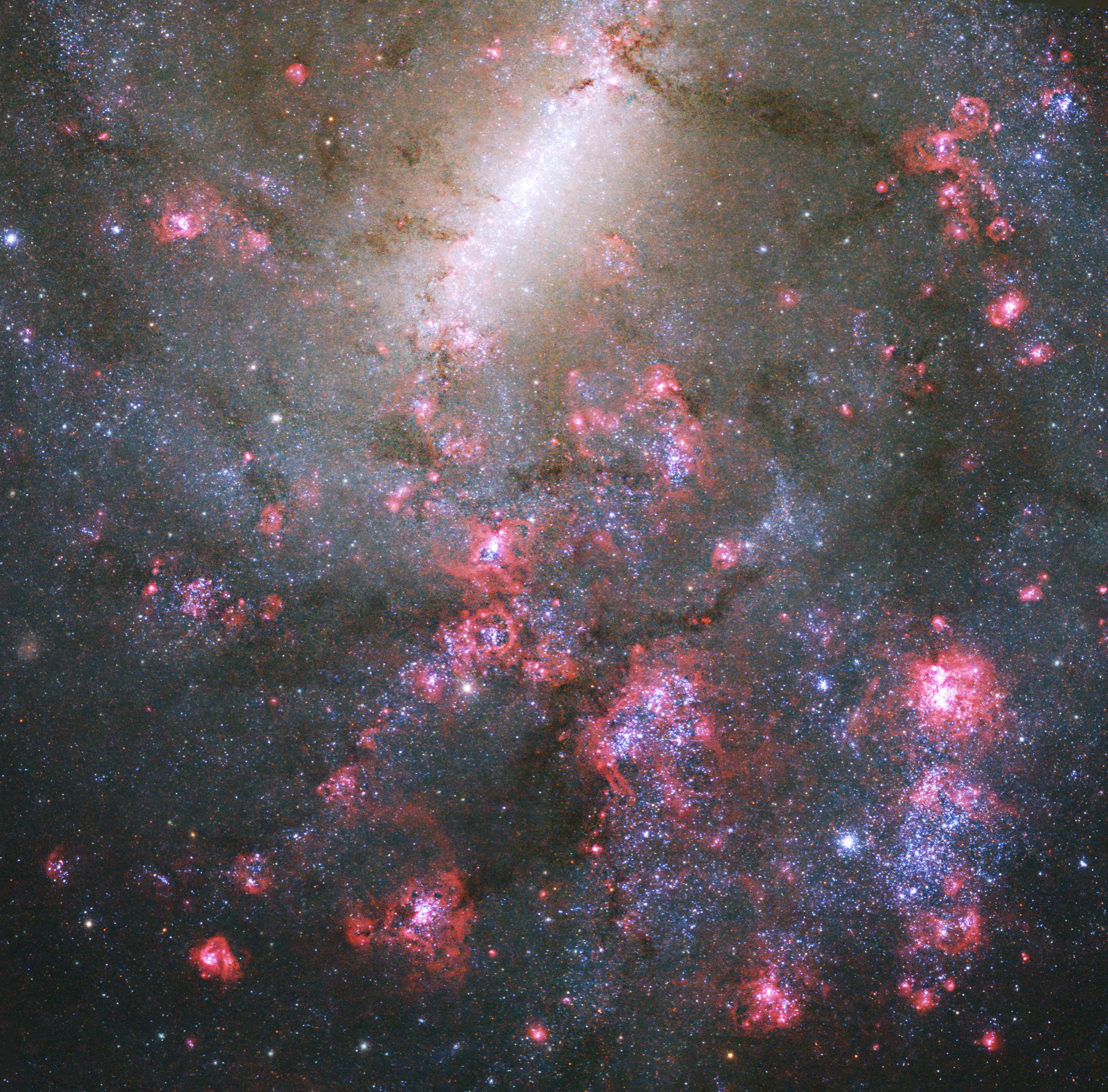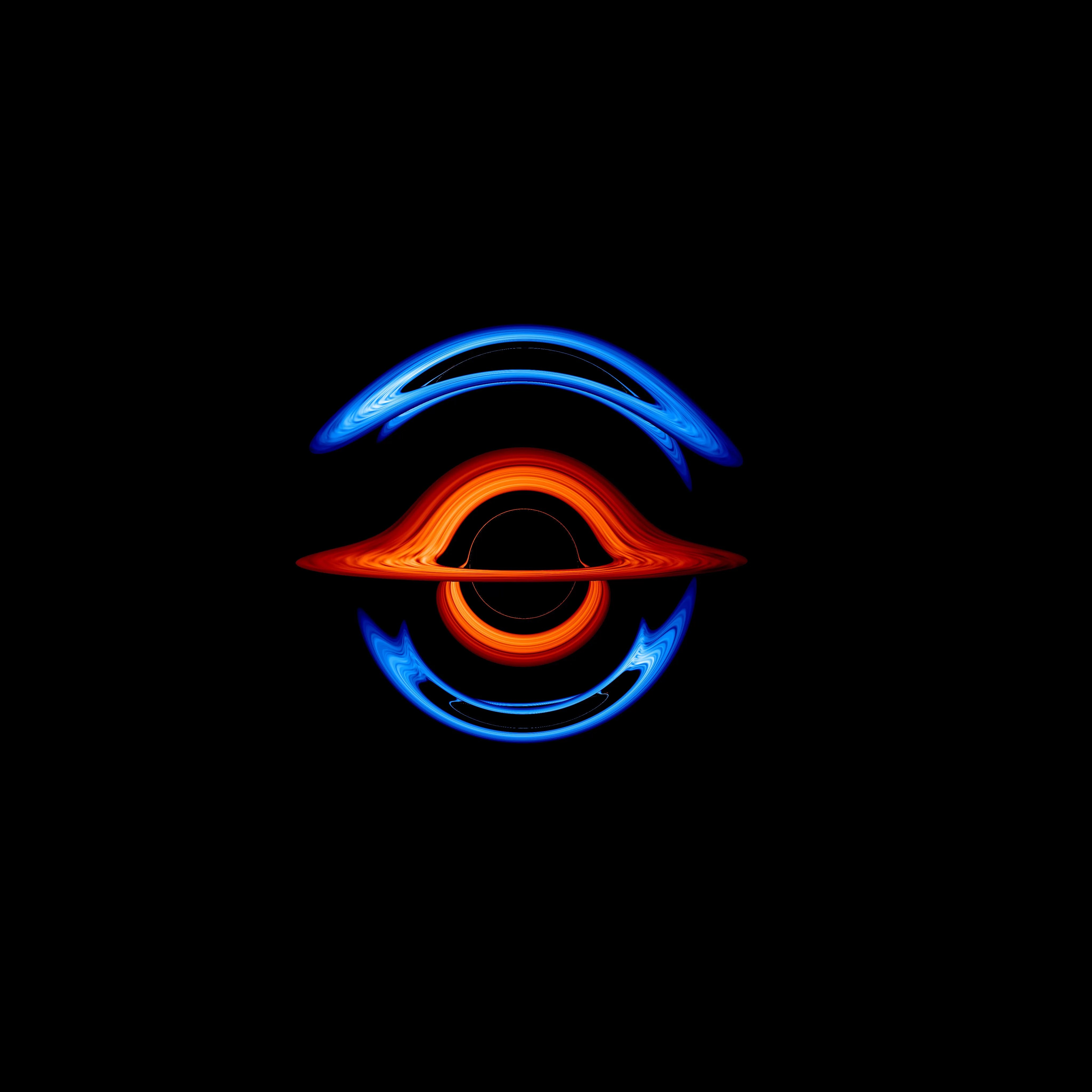6 min read
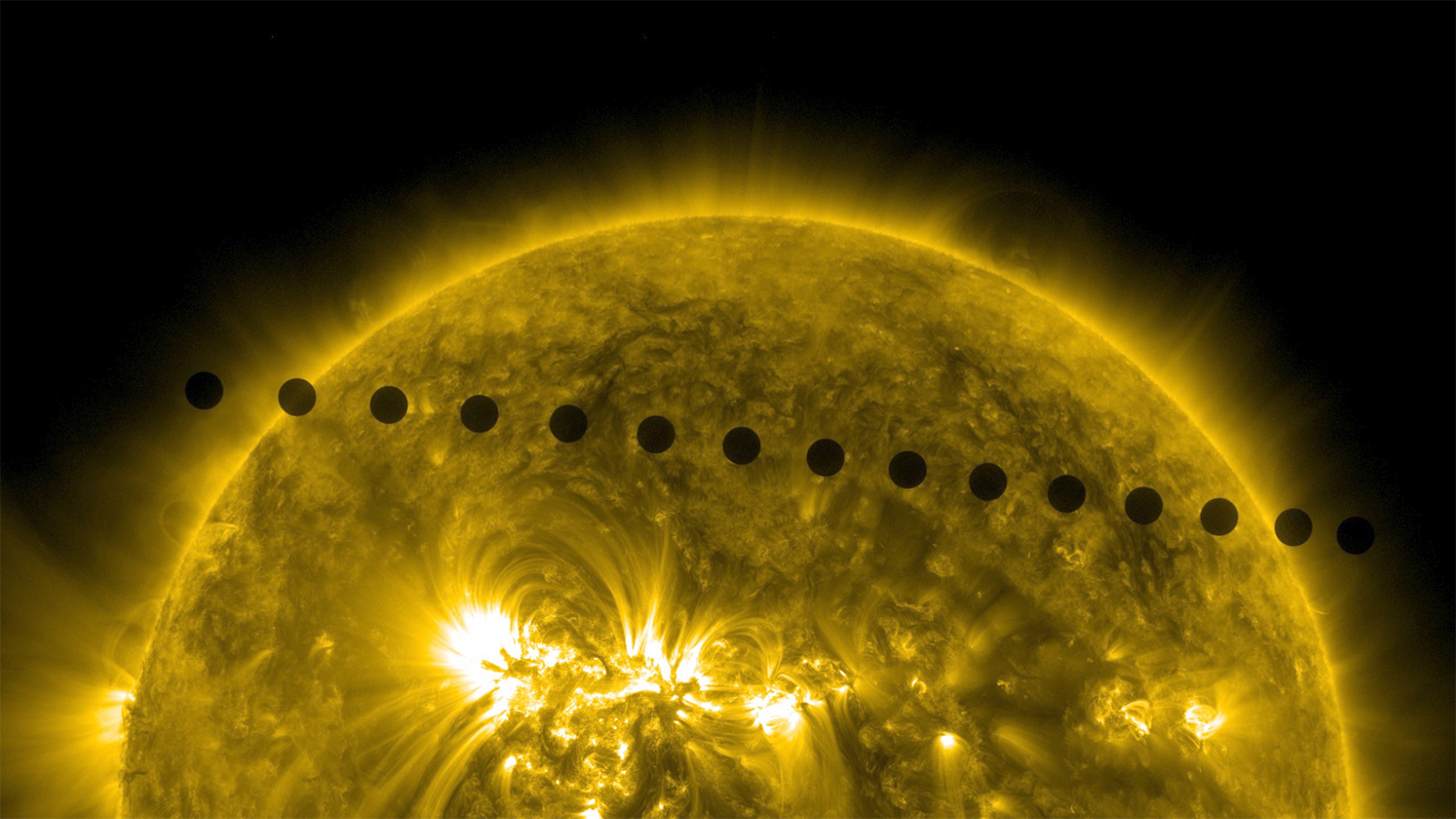
An otherworldly atmosphere takes hold when a total solar eclipse blocks the Sun’s light, yet the mechanics of the event are actually rather mundane. All you need is for one celestial body (in this case, the Moon) to block your view of a more distant object (here, the Sun). But different flavors of this phenomenon make some very sophisticated science possible. From the study of Pluto’s atmosphere to the discovery of planets around other stars, NASA researchers are using eclipse-like events to learn more about the universe.
On August 21, solar eclipse fans along the path of totality will enjoy a view of the Moon masking the entire disk of the Sun. Scientists use the term "occultation" for this situation, where the nearer object completely blocks the one behind. When the more distant body is a star, researchers can glean a wealth of information from the way the star’s light passes near and around the object. They can tell, for instance, whether the object is surrounded by rings or if it has an atmosphere.
In 2015, NASA’s Stratospheric Observatory for Infrared Astronomy, or SOFIA – an airborne observatory featuring a 2.5-meter infrared telescope mounted in a highly modified Boeing 747SP aircraft – used an occultation to learn more about Pluto. As the dwarf planet blotted out a distant star, it cast a dim, fast-moving shadow on the surface of the Earth, mostly across the middle of the Pacific Ocean. As the dark spot raced over the surface at 53,000 mph, SOFIA flew right through the middle of it, and had about 130 seconds to measure the light of the hidden star that seeped around the occulting object, Pluto, and scattered through its atmosphere. From this data, scientists learned about the structure, pressure and density of Pluto’s atmosphere some three billion miles from Earth.
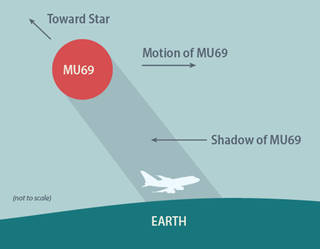
SOFIA’s measurements were all the more valuable as they could be compared to the data from another mission, collected just two weeks later, when NASA’S New Horizons spacecraft flew by Pluto at a distance of a mere 7,750 miles. This allowed researchers to calibrate decades of existing Earth-based Pluto occultation data studying its atmosphere, enhancing their analyses of all those earlier observations.
Recently, in June, SOFIA studied another occultation, this time with a small, icy body that is likely a remnant from the earliest days of our solar neighborhood, called 2014 MU69. New Horizons plans to fly by MU69 to learn about the formation of our solar system. However, if it turns out MU69 is surrounded by rings or debris, the spacecraft’s flyby would have to be adjusted to a safe distance.
"The MU69 occultation observations were much more challenging when compared to those done in support of the Pluto flyby in 2015, as MU69 is much smaller and we had more open questions about its location with respect to the background star, whose light it would block. It really brought occultation science to a whole new level of precision," said Kimberly Ennico Smith, SOFIA project scientist at NASA's Ames Research Center in Silicon Valley. "The researchers, instrument team and flight crew worked together to optimize our observing strategy."
The New Horizons team will continue to pore through the new data for additional clues about 2014 MU69 to better understand its shape, size and the environment around the object. It will be the most distant object ever explored by a spacecraft—more than a billion miles beyond Pluto.
Sometimes the partners in an eclipse-like dance do not yield the full-coverage effect of the upcoming solar eclipse or the MU69 occultation. In an event called a transit, the nearer object blocks very little of a star that lies beyond. Instead, you may see a small dark spot crossing the stellar face, as in the 2012 transit of Venus across the Sun.
NASA's Goddard Space Flight Center
If both objects are very far away – in other solar systems – our telescopes can’t yet make out the smaller partner. What some instruments, such as NASA's Kepler space telescope, can see is the minuscule dimming of the star that occurs when an orbiting planet blocks a fraction of its light. Using this method, Kepler has, to date, discovered more than 4,500 potential exoplanets orbiting other stars. Of these, nearly 2,500 have been confirmed as bona fide exoplanets.
With measurements made during a transit, scientists can calculate the size of the exoplanet and its distance from its star. When multiple transits are observed, the orbital period, or year, of an exoplanet also can be calculated. These characteristics are important factors in determining if an exoplanet resides in the just-right “Goldilocks” or habitable zone of their star, where liquid water might exist on the surface.
“Astronomers are adept at leveraging the improbable and ephemeral coincidences of nature and using them to learn something remarkable,” said Natalie Batalha, the Kepler mission project scientist, at Ames. “Catching shadows, Kepler opened our eyes to the terrestrial-size planets that populate the galaxy.”
Several upcoming NASA missions will use the transit method to continue the hunt for exoplanets, including TESS and WFIRST. The next major step in exoplanet research may be to capture direct images of the exoplanets themselves. It’s an exciting, challenging prospect, given that the planets are billions of times fainter than the stars they orbit.
NASA’s next generation of space telescopes will be able to explore these worlds and assess if they can harbor life.- Eduardo Bendek, NASA
Today, NASA researchers are developing a sophisticated tool that will let us see these distant planets by intentionally blocking the light of their star.
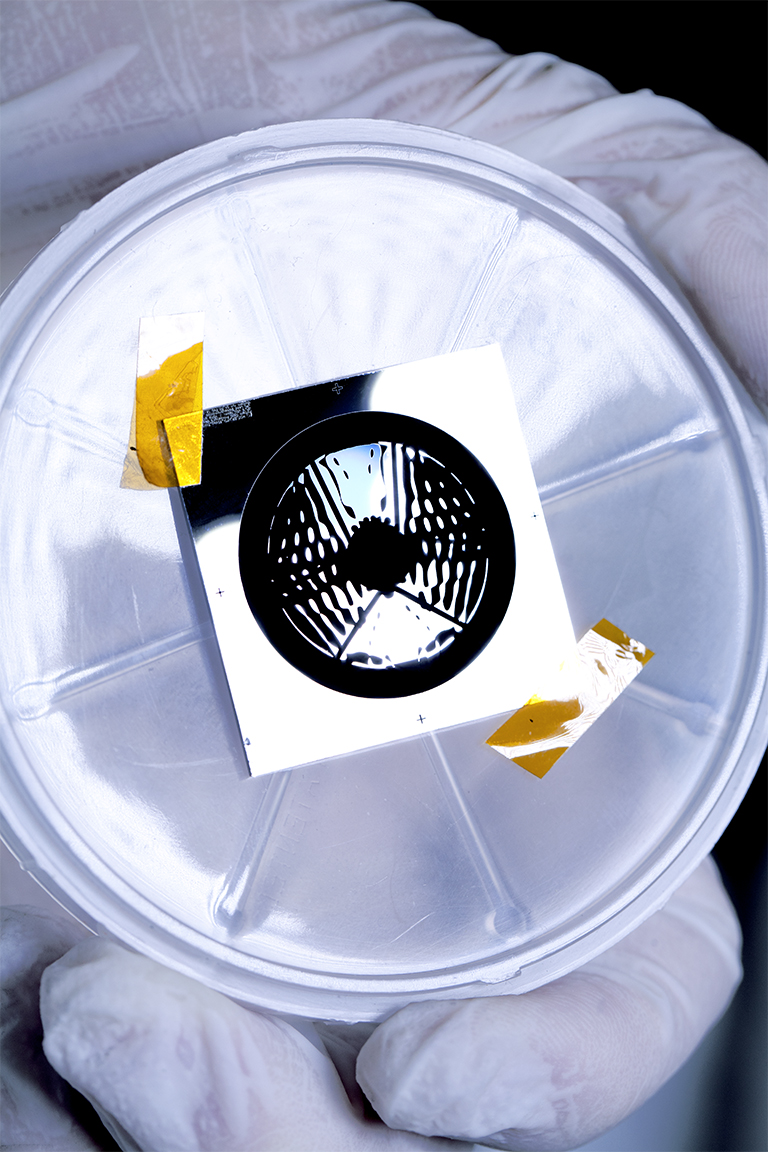
“During a solar eclipse, many solar system planets become visible, which are otherwise lost in the glare of the Sun,” said Ruslan Belikov, who co-leads, along with Eduardo Bendek, the Exoplanet Technologies research group at Ames. “In the same way, by ‘eclipsing’ the light from another star, a telescope can see planets that are otherwise lost in the glare of that star.”
The lab’s technology, called a coronagraph, essentially creates an artificial eclipse inside a telescope.
“By coupling the coronagraph, which occults the star, with an instrument for analyzing the light reflected from the exoplanets’ atmosphere, NASA’s next generation of space telescopes will be able to explore these worlds and assess if they can harbor life,” said Bendek.
Whether an occultation briefly blots out a star entirely, or a transit causes its light to fade by a minuscule degree, these cousins to the eclipse are helping NASA answer certain questions, and also ask many more that will form the basis of exciting future investigations. On August 21, remember that an eclipse by any other name yields science just as sweet.

